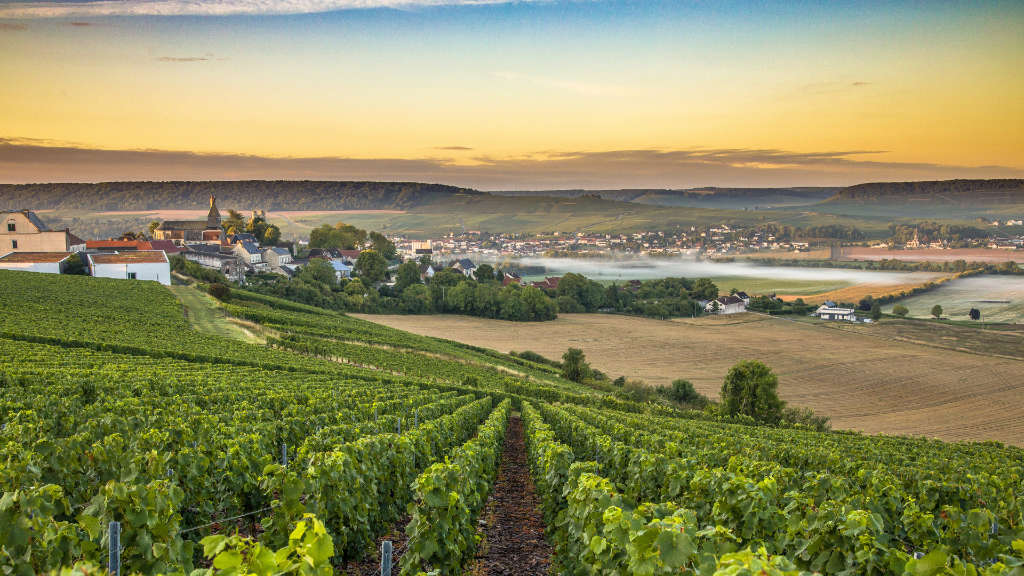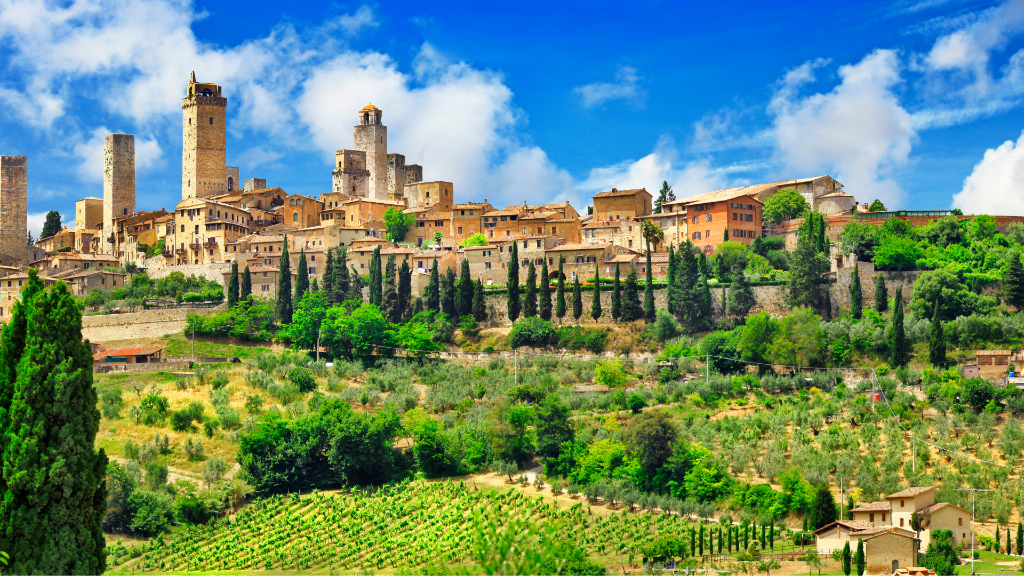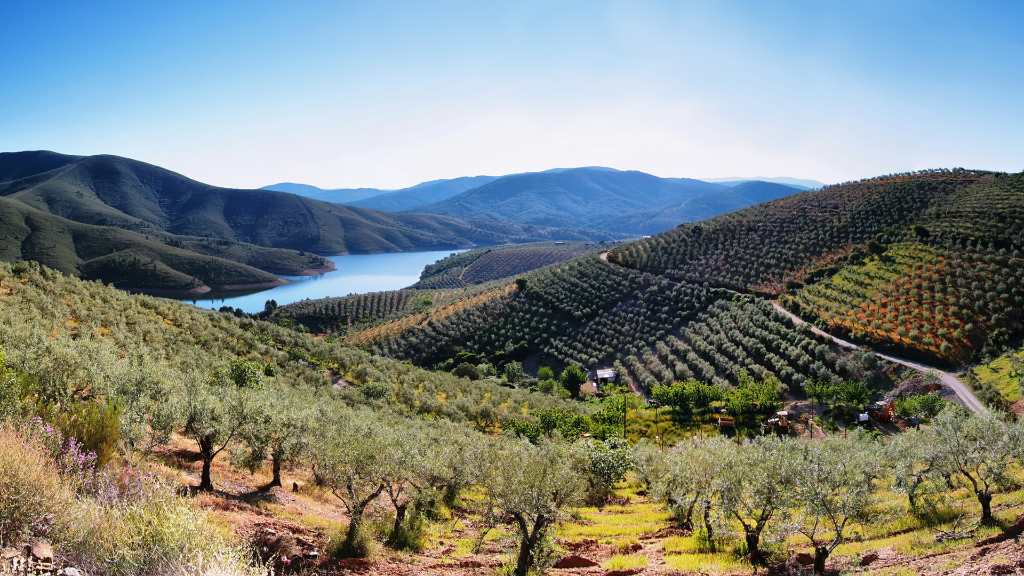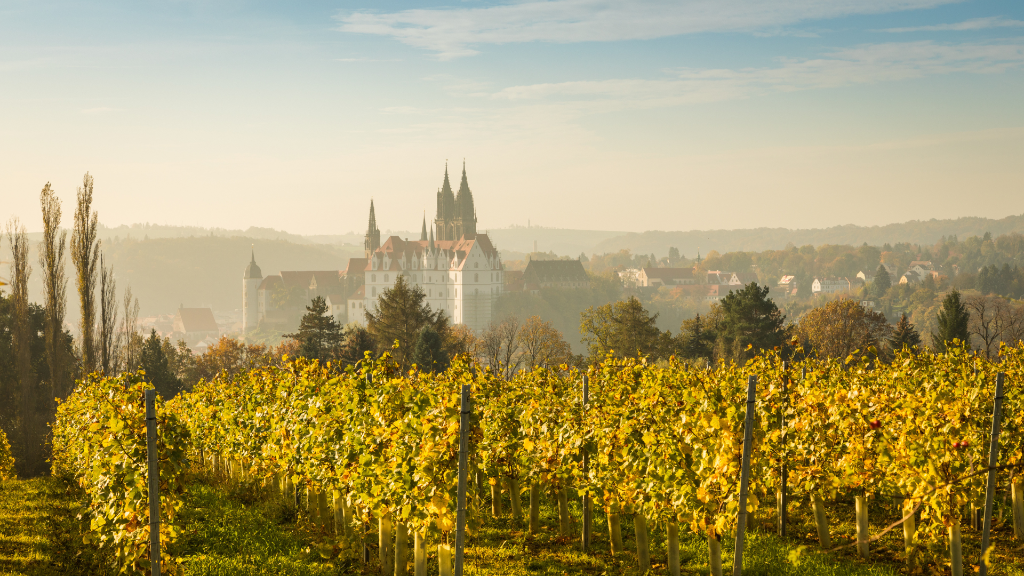Old-World Wine Regions to Explore
 Old-World Wine Regions to Explore
Old-World Wine Regions to Explore
So, you've dipped your toes into the vast and wonderful world of wine, but maybe you're still finding your footing amidst all those swirling glasses and sophisticated jargon. Don't worry; we've all been there! Whether you're a complete novice or just looking to expand your vinous horizons, read our guide on the "Old World" of wine.
Picture this: rolling vineyards, centuries-old traditions, and bottles with stories waiting to be uncorked. But fear not; we're here to guide you through some of the most iconic wine regions on the planet, one sip at a time.
Cheers to discoveries and unforgettable experiences. Let's sip, swirl, and savour our way through the old-world charm of wine.

France
In France, wine isn't just a beverage; it's a cultural cornerstone woven into the fabric of society. What sets French wine apart isn't just its taste or aroma; the centuries—old heritage infuses every bottle with a sense of place and tradition. Here, winemaking isn't just a craft; it's a sacred art passed down through generations, from the monks of medieval abbeys to the modern-day vignerons tending their vines with reverence and respect.
In Bordeaux, the story of wine stretches back centuries to when the Romans ruled the region. During this era, the first vines were planted, laying the foundation for Bordeaux's reputation as a premier wine-producing region. Over the centuries, Bordeaux's wines became a favourite among European royalty and aristocracy, with Médoc's Left Bank and Right Bank emerging as epicentres of wine production. The famous 1855 Classification of Bordeaux wines solidified the region's status as a global powerhouse. Now, each sip is like a journey through time, with layers of flavour that speak to centuries of winemaking tradition.
Meanwhile, in Burgundy, the monks of Cluny Abbey played a pivotal role in shaping the region's winemaking traditions. The monks meticulously mapped out Burgundy's vineyards and classified them according to quality—a practice that laid the groundwork for the region's famed Grand Cru and Premier Cru vineyards. Over the centuries, Burgundy's winemakers have honed their craft, producing some of the world's most sought-after Pinot Noir and Chardonnay wines.
And then there's Champagne, whose sparkling wines have been synonymous with celebration for centuries. The region's cool climate and chalky soils provide the perfect conditions for growing the grapes used in Champagne production—Chardonnay, Pinot Noir, and Pinot Meunier. It was in the 17th century that Champagne's sparkling wines first gained popularity among the French aristocracy, with Dom Pérignon famously proclaiming, "Come quickly, I am tasting the stars!" Since then, Champagne has become the beverage of choice for toasts worldwide.
So, here's to history, tradition, and the timeless beauty of France's wine regions. Santé!

Italy
Italy, a land of rolling hills, ancient vineyards, and passionate winemakers, offers a rich tapestry. It begins in Tuscany, a region renowned for its rolling hills, medieval villages, and iconic wines. Sangiovese variety reigns supreme, giving birth to wines like Chianti, Brunello di Montalcino, and Vino Nobile di Montepulciano. But Tuscany isn't just about Sangiovese; it's also home to the "Super Tuscans," bold and innovative wines that blend international grape varieties with traditional Tuscan grapes to create something extraordinary.
Venturing north in Piedmont, Nebbiolo is the grape behind Italy's most revered wines, Barolo and Barbaresco. Here, in the shadow of the Alps, Nebbiolo expresses itself in wines of unparalleled elegance and complexity, with flavours ranging from delicate rose petals to robust cherries and truffles.
Equally noteworthy is Veneto, home to some of Italy's most iconic wines, including Prosecco and Amarone. In Veneto, winemaking traditions date back centuries, with ancient techniques still used today. With its crisp bubbles and lively personality, Prosecco has captured the hearts of wine lovers worldwide. At the same time, Amarone, made from dried grapes, offers a rich and abundant drinking experience unlike any other.
But Italy's wine story doesn't end there. From the sun-drenched shores of Sicily to the rugged hills of Umbria and the rolling vineyards of Friuli-Venezia Giulia, there's a world of discovery waiting to be uncorked. Each region offers unique terroir, grape varieties, and winemaking traditions, ensuring that every bottle tells a story of Italy's rich and diverse viticultural heritage.

Spain
The sun-drenched landscape of Spain boasts the largest vineyard acreage in the world, offering a mesmerizing array of wine regions, each with its unique charm and character. From the picturesque vineyards of Rioja, where ancient vines weave their way through rolling hills, to the rugged terrain of Ribera del Duero, where old-vine Tempranillo thrives in the harsh climate, Spain's diverse terroirs are a testament to the country's winemaking expertise.
At the heart of Spanish wine culture lies Tempranillo, the country's signature grape variety, revered for its versatility and depth of flavour. In Rioja, Tempranillo takes center stage, crafting bold reds imbued with notes of ripe berries, earth, and spice. Meanwhile, in Ribera del Duero, the grape reaches new heights of complexity, producing robust wines of unparalleled intensity and structure. But Spain's vinous delights extend far beyond Tempranillo; in regions like Catalonia and Galicia, indigenous grape varieties like Garnacha, Albariño, and Xarel·lo shine, offering a glimpse into Spain's rich winemaking heritage.
And let's not forget about the world of Sherry, where fortified wines reign supreme. Nestled in the sun-drenched hills of Andalusia, the coastal town of Jerez de la Frontera is the epicentre of Sherry production, where centuries-old soleras age in ancient bodegas. From the bone-dry tang of Fino to the luscious sweetness of Pedro Ximénez, Sherry offers a variety of flavours that reflect the region's vibrant culture and history.

Germany
Did you know that Germany's wine history dates back over a thousand years? From the Romans planting vineyards along the Mosel River to the monks cultivating grapes in medieval monasteries, winemaking has long been intertwined with the country's cultural heritage. Germany is home to 13 major wine regions, each with unique terroir and winemaking traditions. In the Mosel Valley, where vineyards cling to slopes overlooking the meandering Mosel River, Riesling is the most popular. Fun fact: Some of the steepest vineyards in the world can be found here, with slopes so steep that they must be tended by hand! With their zesty acidity and vibrant fruit flavours, Mosel Rieslings are beloved by wine enthusiasts around the globe.
Venturing further south to Rheingau, winemaking traditions date back to the Middle Ages. Here, Riesling takes on a richer, more abundant character, thanks to the region's sun-drenched slopes and sheltered vineyards. From crisp, mineral-driven Trocken (dry) Rieslings to luscious late-harvest dessert wines, Rheingau Rieslings showcase the diversity and complexity of Germany's wine offerings.
But Germany's wine story continues after Riesling. In regions like the Pfalz and Franken, winemakers experiment with various varieties, including lesser-known gems like Silvaner and Müller-Thurgau. The Pfalz region is known for its Mediterranean-like climate, making it ideal for growing a wide range of grapes, from Riesling and Pinot Gris to Dornfelder and Portugieser. Whether you're sipping a crisp Mosel Riesling overlooking the vine-covered slopes or exploring the rich tapestry of flavours in a Pfalz Pinot Noir, Germany's wines offer an unforgettable journey through centuries of winemaking tradition.
As we bid farewell to the Old-World wine regions of France, Italy, Spain, and Germany, we've merely skimmed the surface of their rich heritage and diverse flavours. From Bordeaux's grand châteaux to Tuscany's sun-kissed vineyards, Spain's bold flavours, and Germany's elegant Rieslings, each region has shared not just its wines but its stories—the tales of monks, artisans, and families united by a love for winemaking.
So, here's to the timeless allure of Old-World wine! Santé, Salute, Salud, and Prost! Let us know what you're sipping on Facebook, Instagram, and TikTok.